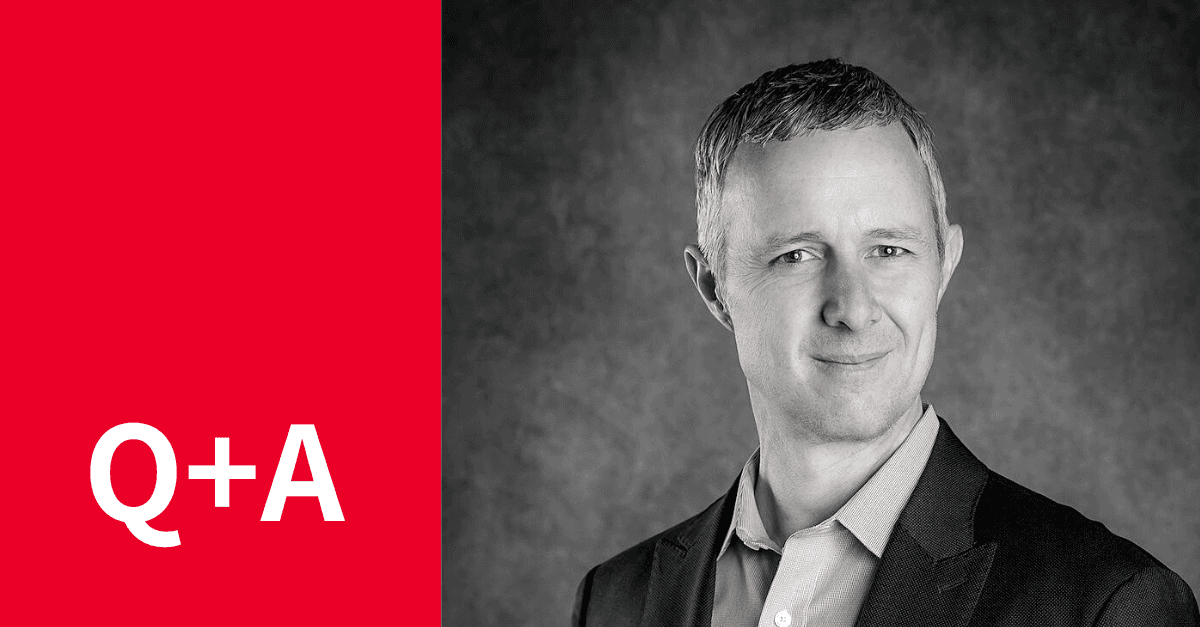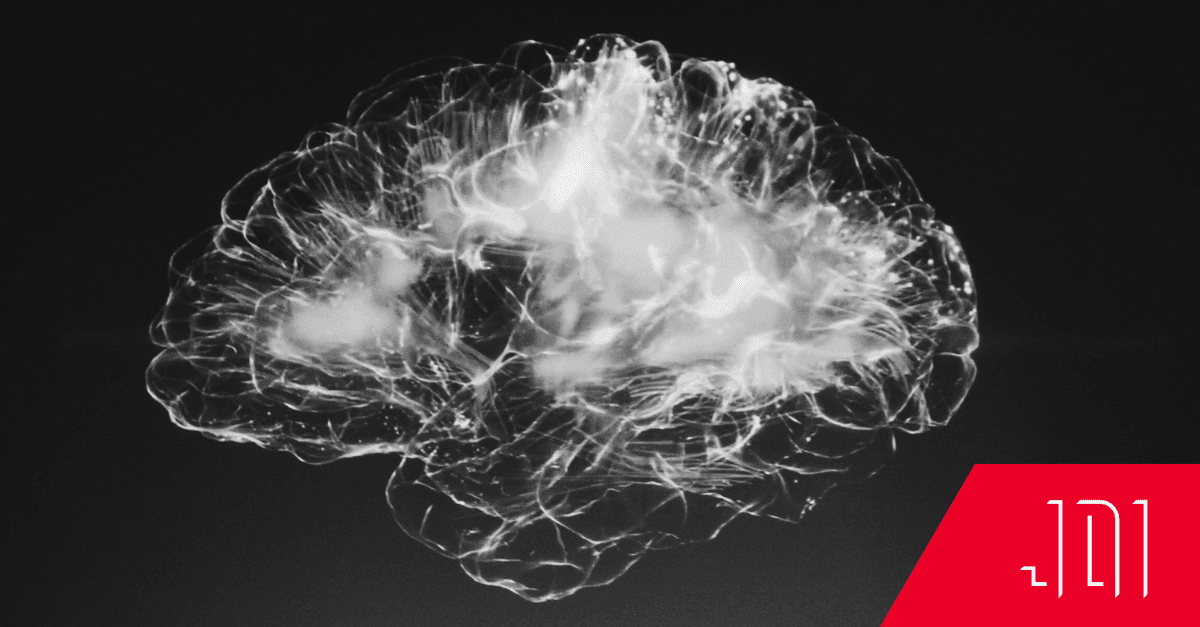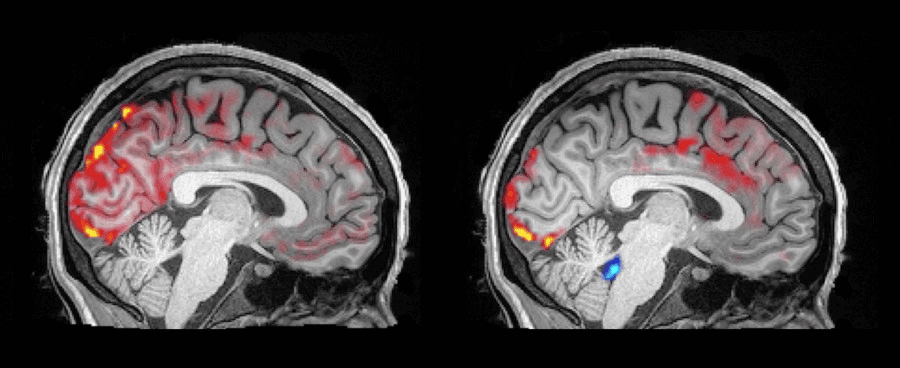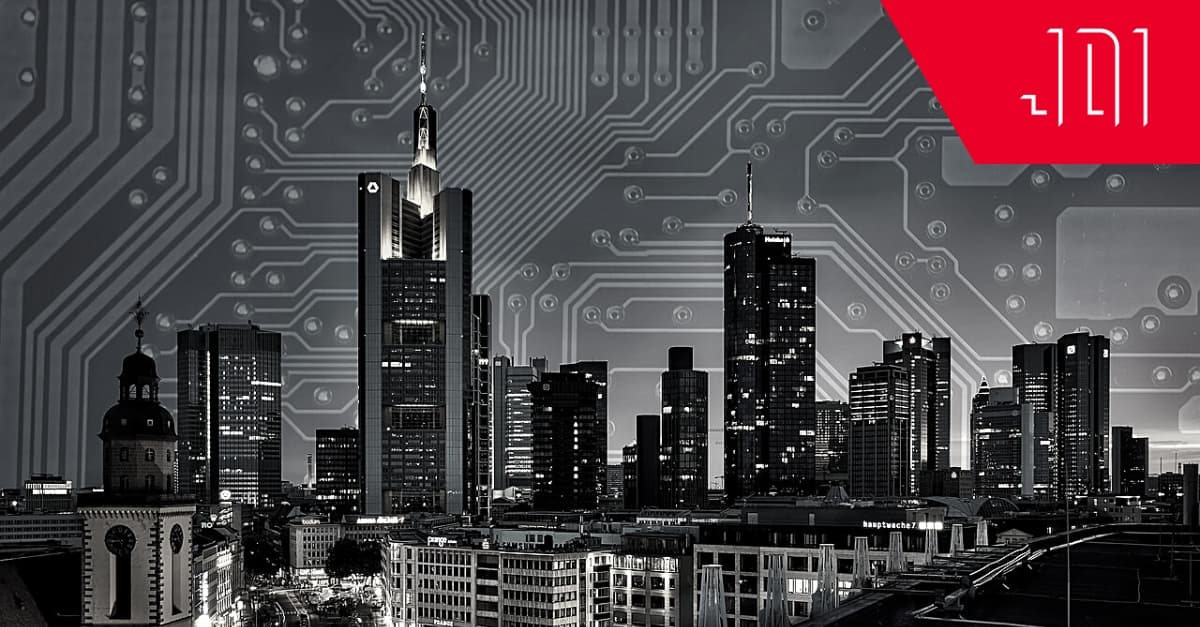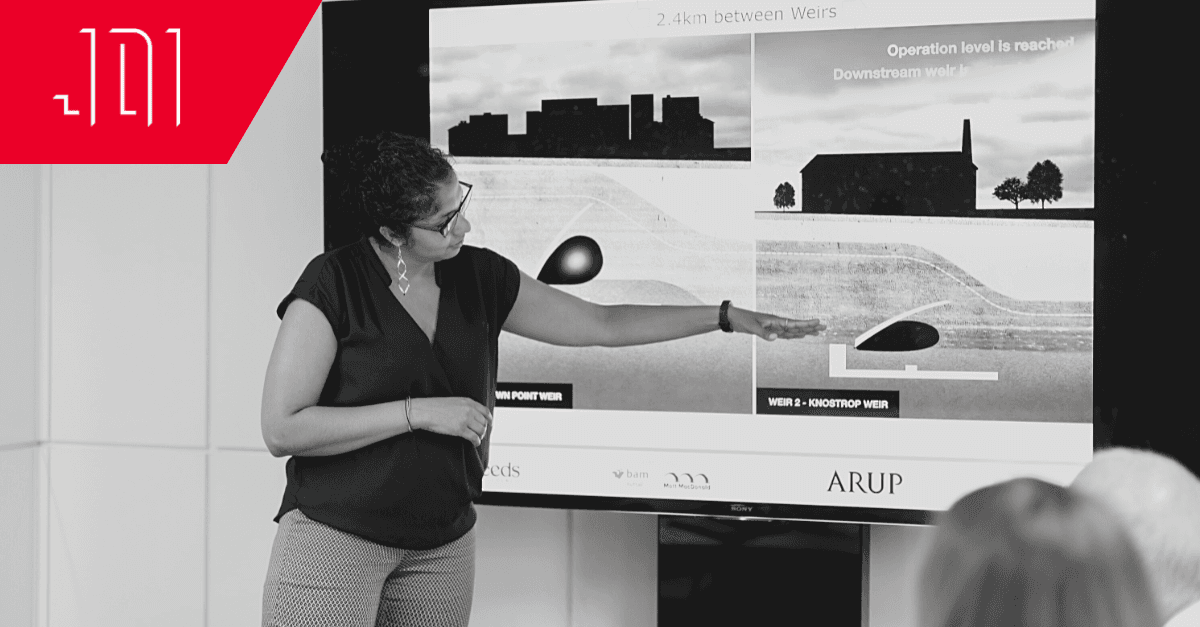Q&A with Dr. Dan Rizzuto
Tell us about yourself -- what is your background in and how did you end up in your current position?
I completed my PhD in the neuroscience of human memory at Brandeis University. I’ve actually known my co-founder at Nia Therapeutics, Dr. Michael Kahana, for over 25 years, as he was my doctoral advisor at Brandeis. During my PhD, Mike and I studied human memory by collecting brain recordings from patients with implanted electrodes while they played memory games.
After finishing my PhD at Brandeis, I left for Caltech where I learned how to develop brain-machine interfaces. I then joined my first startup, Northstar Neuroscience in Seattle, developing brain stimulation therapies for major depression. At Northstar, and later at the Swedish Neuroscience Institute, I learned how to manage clinical development of medical neurotechnologies.
My doctoral advisor, Dr. Kahana, and I always stayed in touch over the years. And then in 2014 I got a surprising call from him. He said, “Dan, I just got twenty million dollars from DARPA (Defense Advanced Research Projects Agency) to do the project we always dreamed about: building neurotechnology to improve human memory.” After receiving that call from Dr. Kahana, who was then at the University of Pennsylvania, I moved across the country to Philadelphia to embark upon the most amazing scientific journey of my career.
Can you tell us about Nia Therapeutics and how the technology was developed at the University of Pennsylvania?
Together at the University of Pennsylvania, Dr Kahana and I built a world-class team of biomedical engineers, neuroscientists, clinicians to develop a brain stimulation therapy for memory loss. The basic idea is to identify the brain signatures of memory loss using implanted sensors and artificial intelligence (AI), and then build a personalized brain stimulation therapy for each patient that rescues the brain’s memory network whenever a memory lapse occurs.
The future has never looked brighter for people living with serious neurological disorders, and humanity is on the cusp of discovering new secrets about the brain that will ultimately lead to an increased quality of life for everyone.
This project, known as Restoring Active Memory (RAM), included neurologists and neurosurgeons from eight leading medical centers in the U.S. as well as engineers from Lawrence Livermore National Labs and Medtronic. The team was incredibly productive, enrolling more than 400 patients into our studies of human memory and brain stimulation, and developing a cutting-edge neurostimulation device for clinical research. This large-scale collaborative effort ultimately resulted in dozens of papers published about human memory, and a brand-new approach to treating memory loss using AI-guided neurostimulation. Based on these discoveries, I spun out from the University of Pennsylvania in 2018 and founded Nia Therapeutics with Dr. Kahana.
Your team is multidisciplinary - there are software engineers, biomedical engineers, clinicians, and professors. What specific advantages have come with working with such a diverse group with differing backgrounds?
Working with a diverse group of engineers, scientists, and clinicians is mandatory when developing medical devices, and even more so when developing neurotechnologies. So many different skill sets are needed and so it takes a large interdisciplinary team to move these projects forward. Each person has a unique and fascinating backstory, and it’s amazing to see everyone pulling together toward the common goal of developing a new therapy for memory loss. Working with such a talented team at Nia Therapeutics is one of the greatest honors of my career.
Nia’s first product, the Smart Neurostimulation System (SNS), was intended for the treatment of memory loss after traumatic brain injury (TBI). How is Nia’s technology for Alzheimer’s disease different?
One of the reasons that Nia’s technology is so powerful is that we can potentially treat memory loss due to any underlying condition, from brain injury to Alzheimer’s. We can even treat memory loss due to healthy aging. This is because our technology is based on understanding the unique brain signatures of memory in each patient. Everyone’s memory performs well sometimes and poorly at other times. Our technology simply increases the probability that periods of good memory will happen.
However, there are mechanistic differences between memory loss due traumatic brain injury and due to Alzheimer’s that will require adjustments in treatment. The reason that our team is planning to treat memory loss due to brain injury first, is that patients with brain injury are more neurologically stable than patients with Alzheimer’s disease, making success more likely in our first clinical trial. Treating a neurodegenerative condition, such as Alzheimer’s, will be more difficult because the patterns of memory-related brain activity are changing over time. These patients are therefore likely to require a greater number of therapy adjustments.
What are some of the most promising advancements in preventing/treating memory loss right now, and what do you think the future holds?
Advances in brain imaging over the past 20-30 years, combined with a large public investment in basic neuroscience research, have produced an explosion of neurotechnologies. The treatment of memory disorders is undergoing a real renaissance. Today I could name half a dozen fundamentally new approaches to treating memory loss and degenerative disease currently being tested that didn't exist 10 years ago. Many of these new therapies are device-based, such as deep brain stimulation and transcranial magnetic stimulation, which means that scientists are increasingly understanding that memory loss is an electrical disorder of the brain, and that delivering energy to the brain can not only be therapeutic, but can even change the course of degenerative conditions like Alzheimer’s. In the next 10 years, the public’s awareness and understanding about the treatment of memory loss will undergo a major shift, due to the first brain stimulation therapies for memory receiving FDA approval and going to market.
What are some of your current projects?
Right now our team is focused on demonstrating the safety of the Smart Neurostimulation System in preclinical testing, and we’re making some final design tweaks in advance of our first clinical trial. We are targeting the launch of our first clinical trial in patients with memory loss due to traumatic brain injury next year.
What else has been on your mind that our readers might like to know?
There’s been a real neurotechnology revolution over the past decade, and there are some amazing companies that are turning science fiction into reality. Companies have developed devices to restore sight to the blind and hearing to the deaf. Now others are developing new devices for treating memory loss and depression, and brain-computer interfaces that allow patients to control computers with their minds. The future has never looked brighter for people living with serious neurological disorders, and humanity is on the cusp of discovering new secrets about the brain that will ultimately lead to an increased quality of life for everyone.

